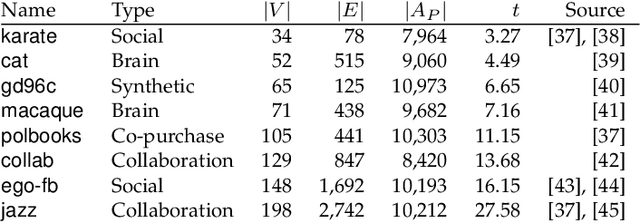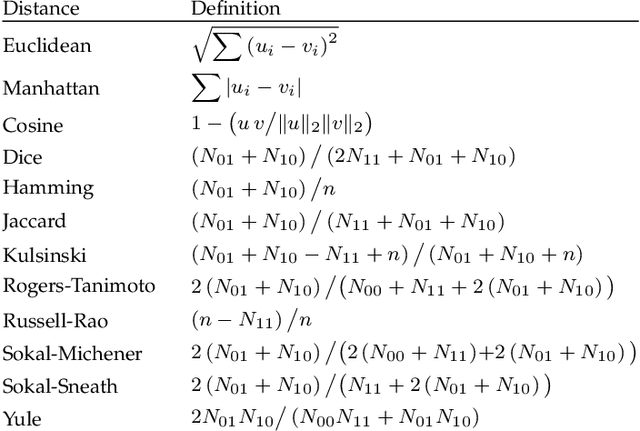A Deep Generative Model for Matrix Reordering
Paper and Code
Oct 11, 2021



Depending on the node ordering, an adjacency matrix can highlight distinct characteristics of a graph. Deriving a "proper" node ordering is thus a critical step in visualizing a graph as an adjacency matrix. Users often try multiple matrix reorderings using different methods until they find one that meets the analysis goal. However, this trial-and-error approach is laborious and disorganized, which is especially challenging for novices. This paper presents a technique that enables users to effortlessly find a matrix reordering they want. Specifically, we design a generative model that learns a latent space of diverse matrix reorderings of the given graph. We also construct an intuitive user interface from the learned latent space by creating a map of various matrix reorderings. We demonstrate our approach through quantitative and qualitative evaluations of the generated reorderings and learned latent spaces. The results show that our model is capable of learning a latent space of diverse matrix reorderings. Most existing research in this area generally focused on developing algorithms that can compute "better" matrix reorderings for particular circumstances. This paper introduces a fundamentally new approach to matrix visualization of a graph, where a machine learning model learns to generate diverse matrix reorderings of a graph.
 Add to Chrome
Add to Chrome Add to Firefox
Add to Firefox Add to Edge
Add to Edge